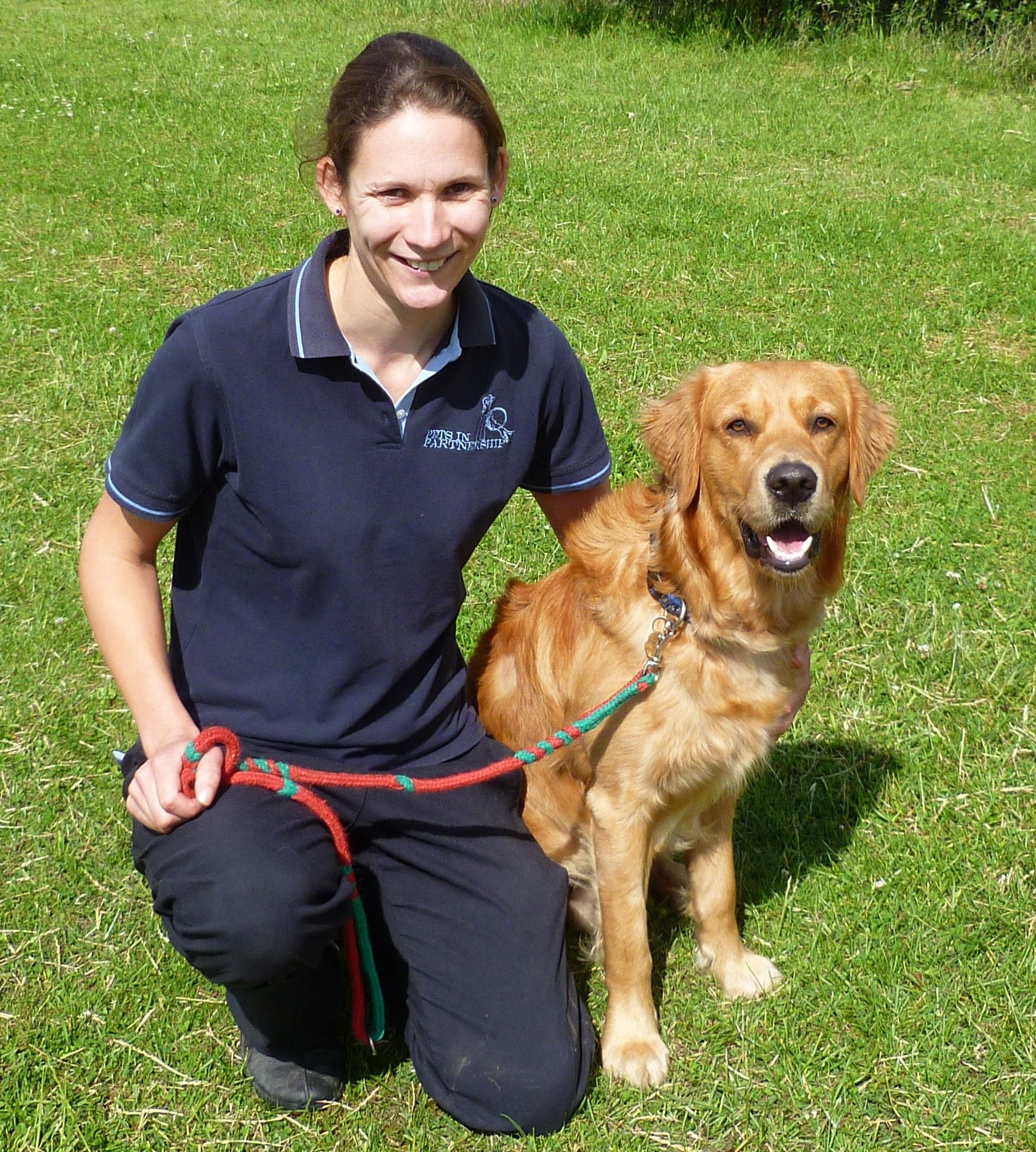Proven Obedience training strategies for well-behaved dogs.
Proven Obedience training strategies for well-behaved dogs.
Blog Article
Top Dog Educating Tips for a Mannerly Companion
Educating your pet to be a well-behaved friend requires a nuanced understanding of canine habits and the implementation of efficient techniques. Crucial commands such as "Sit," "Stay," and "Come" act as the structure permanently manners, while favorable support methods can substantially improve learning. Developing a regular regular and focusing on early socializing are crucial elements that contribute to an unified partnership. The trip to a well-mannered pet dog involves even more than simply these essentials; it requires a much deeper expedition of methods that can change your training approach.
Comprehending Canine Actions
Recognizing canine behavior is necessary for efficient pet dog training and fostering a harmonious partnership between dogs and their proprietors. Pets are complex creatures, exhibiting a wide variety of behaviors influenced by genes, atmosphere, and socialization. Identifying the underlying motivations for a pet dog's activities-- such as concern, excitement, or territorial instincts-- can dramatically enhance training performance.
Observing body movement is an important element of understanding canine actions. Tail setting, ear alignment, and position can offer useful insights into a pet dog's mood. A wagging tail does not always show happiness; it can additionally symbolize frustration or anxiousness. Additionally, social communications with other pets and human beings play a critical function fit actions. Pets that experience favorable socialization are normally more adaptable and well-mannered.

Necessary Training Commands
Mastering necessary training commands is critical for developing effective communication in between pets and their proprietors. These commands act as the structure for a well-behaved pet dog and can dramatically enhance the total partnership between animal and owner.
Trick commands include "Sit," "Stay," "Come," "Down," and "Heel." The command "Sit" is frequently the very first shown, as it urges calmness and emphasis. "Stay" enhances a canine's capability to continue to be in one placement, promoting self-constraint. "Come" is essential for security, making sure that your dog returns to you when called. "Down" instructs your pet dog to relax, which can aid in handling ecstatic behavior. Dog training near me. Last but not least, "Heel" shows your dog to walk together with you, fostering far better chain manners.
Exercising these commands in various settings assists pets generalise their training and respond properly, regardless of disturbances. By spending time in showing these essential commands, proprietors can grow a harmonious and considerate partnership with their canine friends, boosting both safety and enjoyment in everyday interactions.
Favorable Reinforcement Strategies
Favorable reinforcement methods are necessary approaches in canine training that concentrate on satisfying preferred behaviors to motivate their reoccurrence. This method leverages the natural knowing processes of pets, allowing them to connect particular activities with positive end results. By utilizing deals with, praise, or playtime as benefits, fitness instructors can efficiently motivate dogs to duplicate the actions they wish to strengthen.
To execute positive reinforcement, it is crucial to supply benefits right away after the desired behavior occurs. This assists the canine make a clear link in between their activity and the reward. Consistency is likewise vital; benefits must be given whenever the wanted behavior is exhibited throughout the first training phase, progressively transitioning to a variable schedule as the actions ends up being extra trustworthy.
Understanding your pet's preferences can boost the training experience. Eventually, positive support cultivates a trusting relationship in between the dog and owner, making training an extra delightful and effective process that builds a well-behaved companion.

Socializing Techniques
Reliable socialization strategies are crucial for a canine's advancement, as they aid establish a well-rounded and confident friend. Early direct exposure to numerous environments, people, and various other pets is vital to protect against behavior issues in the adult years. Begin this procedure throughout the important socialization period, which generally happens between Discover More Here 3 and fourteen weeks of age.
Introduce your pup to diverse stimulations, such as various surface areas, seems, and smells. Controlled encounters with various other dogs and pleasant humans can promote positive organizations. Young puppy courses are an excellent source, giving structured settings for social communication and discovering fundamental commands.
Progressively boost the complexity of socializing experiences. Take your dog to parks, pet-friendly shops, and public events, ensuring each encounter view it now is positive. Observe your pet dog's responses and eliminate them from overwhelming scenarios to avoid fear-based responses.
Use favorable reinforcement to reward calm and positive habits throughout social communications. Keep in mind, persistence is key; each dog has its very own pace for readjusting to new experiences.
Uniformity and Regular
Establishing consistency and routine in canine training is necessary for cultivating a sense of safety and security and understanding in your pet. Pets thrive on predictability; understanding what to expect helps them really feel risk-free and lowers anxiety.
Integrating an organized routine right into your training sessions also boosts your canine's understanding experience - Dog training near me. Set up everyday training sessions at the exact same time every day, ensuring that both you and your canine are emotionally prepared. Short, constant training sessions are more reliable than long, occasional ones; objective for 5 to 10 minutes of focused training multiple times a day
In addition, consistency ought to expand beyond formal training sessions. Include training into day-to-day tasks-- award your pet dog for sitting before dishes or walking steadly on a chain. This strengthens found out behaviors and develops a natural you could try this out training atmosphere. In general, a consistent approach, coupled with a structured regimen, lays the structure for a mannerly buddy, promoting an unified partnership in between you and your canine.
Conclusion
Favorable support strategies offer to motivate preferred behaviors, while very early socializing prepares pets for diverse atmospheres. By emphasizing these key components, the bond in between proprietor and pet dog reinforces, ultimately leading to an unified and satisfying relationship.
Report this page